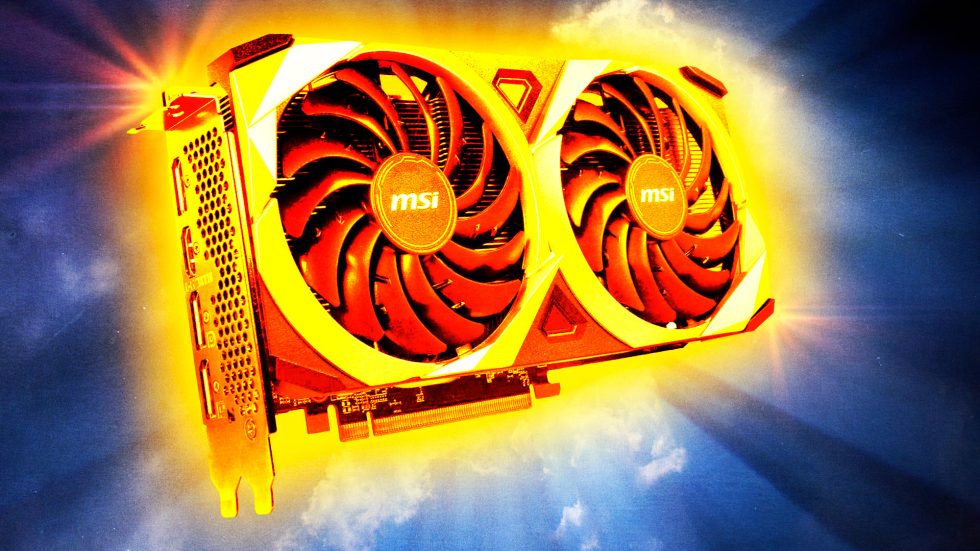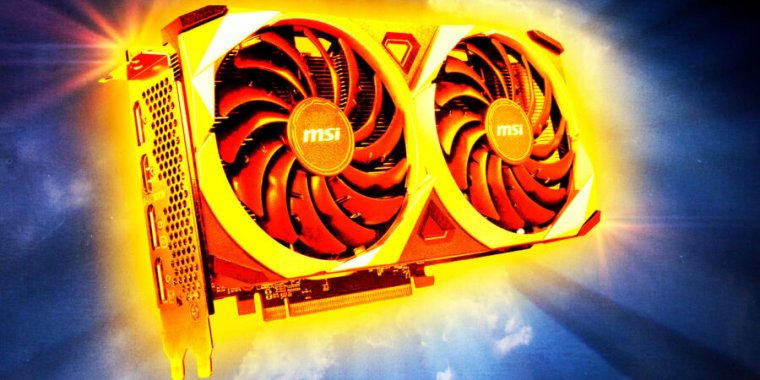
Aurich Lawson
It’s been quite a while since we last put together a desktop PC-building guide, partly because trying to fight your way through bots and scalpers to pay twice the retail price for a graphics card was a miserable experience that we wouldn’t want to inflict on anyone.
But even as 2022 has made most things more expensive, PC builders have lucked out. CPUs and motherboards are in stock and easy to buy, DDR4 memory is actually cheap, and you can head online to Amazon, Best Buy, or Newegg and find virtual shelves full of GPUs at prices that, while still somewhat inflated, would have seemed miraculous six months ago.
Overall PC demand is expected to fall quite a bit in the coming months, but if you’ve been waiting patiently to build your first desktop or replace an existing build, this is probably the best time to build a PC since mid-2020.
To help anyone looking for system-building advice, we’ve put together four sample builds focused on getting you the most performance for your money. These won’t be flashy, high-end rigs, and you should treat them as starting points. As we explain why we chose the components we did, you can decide for yourself whether you need to make tweaks to suit your requirements. We may do separate guides focused on tiny mini ITX builds and higher-end PCs later on.
A note on component selection
Part of the fun of building a PC is making it look any way you want. We’ve selected cases that will physically fit the motherboards and other parts we’re recommending, which we think will be good stylistic fits for each system. But there are many cases out there, and our picks won’t be the only options available.
The same goes for power supplies. We’re recommending mostly EVGA models with 80 Plus Gold efficiency certification or better because we’ve had good experiences with them in our builds and ones we’ve put together for friends or acquaintances. But if you know enough to have a preferred brand, by all means, go with what works for you. The same goes for RAM—we’ll recommend specific capacities and speeds and use brands that have worked well for us in the past, but that doesn’t mean they’re better than the many other RAM kits with equivalent specs.
Finally, we won’t be including the cost of a Windows license in our cost estimates. You can pay a lot of different prices for Windows—$139 for an official retail license from Microsoft, $120 for an “OEM” license for system builders, or anywhere between $15 and $40 for a product key from gray market product key resale sites. If you have a product key for Windows 10, Windows 8, or Windows 7, you may also be able to install and activate Windows 11 without paying anything extra since Microsoft never disallowed that option after Windows 10’s free upgrade period. We’ll leave that decision up to you.
We also haven’t priced in most peripherals, like webcams, monitors, keyboards, or mice, as we’re assuming most people will re-use what they already have or buy those components separately.








